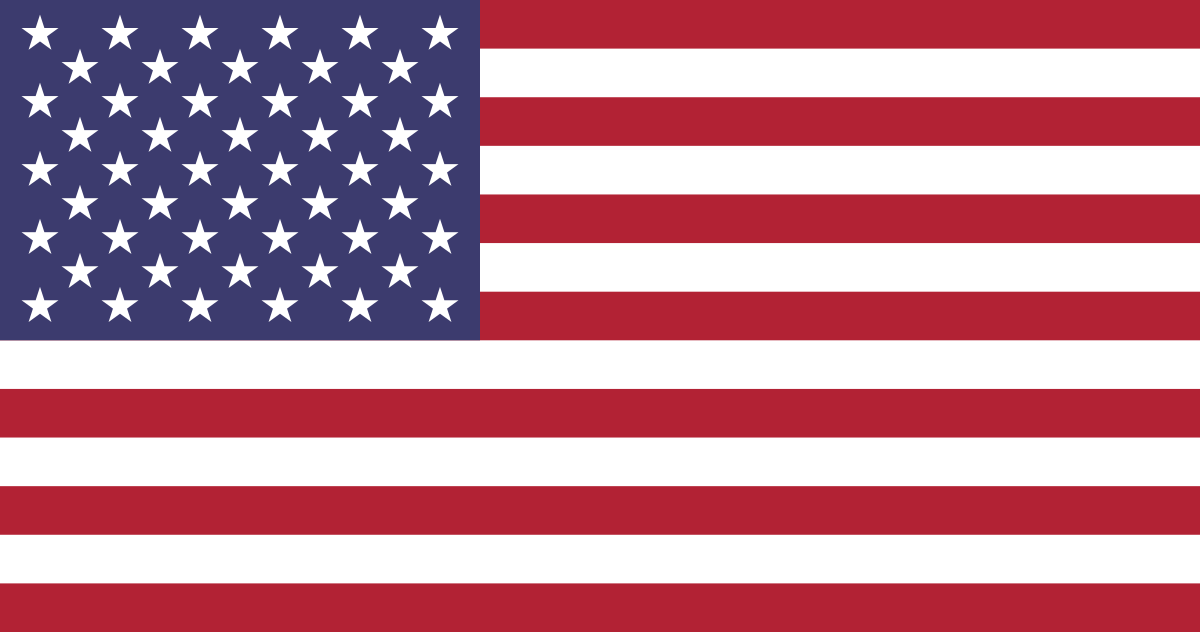Urban green spaces, similar to parks, gardens, and greenways, play a big position in enhancing the quality of life in metropolitan areas. This observational research article goals to discover the interactions of individuals with these inexperienced areas, analyzing how they make the most of these areas for recreation, relaxation, and socialization, while also considering the ecological benefits these spaces provide to urban environments.
The examine was conducted over a interval of six months in a mid-sized urban city known for its dedication to sustainability and inexperienced initiatives. The first areas noticed included a big central park, several community gardens, and a network of greenways that connect varied neighborhoods. The aims have been to document the frequency and kinds of activities that happen in these spaces, the demographics of the users, and the perceived advantages of these green areas.
To assemble data, a systematic observational strategy was employed. Observers had been stationed at varied points inside each location during different occasions of day and week to capture a complete view of the interactions occurring in these areas. Data collection focused on the quantity of individuals present, the actions they engaged in, and their interactions with the surroundings and with one another.
Findings revealed a vibrant tapestry of human exercise within urban inexperienced spaces. The central park, as an example, attracted a various group of people, including families, joggers, canine walkers, and people seeking solitude. On weekends, the park was significantly bustling, with an estimated 300-500 guests at peak instances. Activities different widely, from picnicking and playing sports activities to attending organized events corresponding to yoga classes and stay music performances. The presence of kids was notable, as many households utilized the playgrounds and open areas for recreational actions.
Community gardens, however, showcased a distinct dynamic. Observations indicated that these spaces were primarily utilized by local residents who engaged in gardening, socializing, and educational workshops. The demographic composition of these gardens tended to be extra homogenous, with a significant representation of older adults and families, reflecting a neighborhood-oriented approach to green area utilization. The gardens not solely offered fresh produce but in addition fostered a way of group and belonging amongst members.
The greenway community, which served as a connector between neighborhoods, was frequented by cyclists, runners, and walkers. Observations indicated that these pathways had been significantly popular for commuting, as people used them to travel to work or college whereas enjoying the advantages of being in a pure setting. The presence of greenery along these routes appeared to enhance the overall experience, as customers reported feeling extra relaxed and rejuvenated after their journeys.
Along with documenting human interactions, the analysis additionally aimed to evaluate the ecological advantages of those city inexperienced spaces. Observers noted the presence of varied flora and fauna, including birds, butterflies, and small mammals, indicating that these areas serve as very important habitats within urban settings. The diversity of plant life in neighborhood gardens and parks contributed to increased biodiversity, while the greenways provided important corridors for wildlife movement.
Interviews conducted with users of the inexperienced spaces revealed a robust consensus regarding the perceived benefits of these areas. Many people reported that spending time in inexperienced areas considerably improved their mental effectively-being, reducing stress and selling relaxation. The natural surroundings was seen as a refuge from the hustle and bustle of metropolis life, offering a vital escape for city dwellers. Additionally, users expressed appreciation for the social points of those areas, highlighting the opportunities for connection and neighborhood-building that arose from shared experiences in parks and gardens.
Furthermore, the ecological advantages of urban green spaces have been acknowledged by many individuals. Users recognized the importance of these areas in combating city heat, bettering air high quality, and providing habitats for wildlife. The presence of greenery was also linked to increased property values and enhanced neighborhood aesthetics, suggesting that urban inexperienced spaces contribute to each social and financial benefits for communities.
The findings of this observational analysis underscore the multifaceted function of city green spaces in contemporary cities. If you have any questions regarding the place and how to use erectile dysfunction treatment best rated, you can get in touch with us at our web-site. They serve not only as vital recreational areas but also as essential ecological components that contribute to urban sustainability. The interactions documented in this study spotlight the importance of preserving and enhancing these areas to support the well-being of city residents and the atmosphere.
In conclusion, city inexperienced areas are invaluable property that foster human interaction and supply important ecological benefits. The diverse activities noticed inside these areas mirror a deep-seated appreciation for nature amongst city dwellers, emphasizing the need for continued funding in and safety of these vital resources. Future analysis might discover the lengthy-term impacts of urban green areas on community well being and properly-being, additional reinforcing their importance in the fabric of city life. As cities proceed to grow, the combination of inexperienced spaces into urban planning will probably be essential in creating sustainable, livable environments for future generations.
QR Code
Inquiries
Made By
Add Me
 IT
IT
 AR
AR
 ZH
ZH
 EN
EN
 FR
FR
 DE
DE
 PT
PT
 RU
RU
 ES
ES
 TR
TR
 HI
HI
 VI
VI
